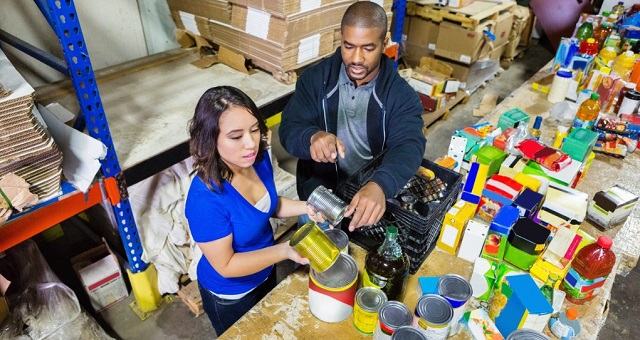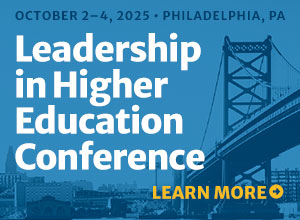Promoting and Encouraging Undergraduate Research
In June, I provided an overview of undergraduate research, including how providing research opportunities for undergrads benefits the institution, faculty, and, of course, the students themselves. In this article, I address the challenges of undergraduate research and offer suggestions and techniques on how to best promote and encourage it. Undergraduate...
Two Simple Steps to Inspire Better Student Engagement
The stereotypical college student is always searching for clubs, activities, and other ways to be engaged on campus. Unfortunately, not every student fits that description, leaving department chairs, deans, and other leaders in higher education looking for creative ways to pique students’ interest in those events and experiences that promote...
On Mixed Marriages: Building Community Between Academic Affairs and Student Affairs
This article first appeared in Academic Leader on November 1, 2018. © Magna Publications. All rights reserved. My partner and I often joke that we have a mixed marriage. Our joking is not exclusively because one of us is Black and the other is White. It is not because one...
Understanding Autism Spectrum Disorder
The fastest-growing developmental disability is Autism Spectrum Disorder (ASD). There is an interesting debate about whether this growth is a product of increased autism incidence or what has been dubbed “diagnostic substitution” (i.e., moving people from one diagnostic category, such as “language impairment,” to the autism category). Regardless, the number...
Helping First-Generation College Students in Florida
Students who are the first in their families to attend college face many challenges. They’re often unfamiliar with the process of getting into a college. Sometimes their families are not supportive of their attending college. And frequently, they don’t have the financial support they need. So not only can they...
Food Banks Address Hidden Hunger on Campus
Anyone who’s ever been to college knows the old joke about the “freshman 15.” It’s not uncommon for first-year students to gain around 15 pounds during that first year on campus. But having too much to eat is not the problem many of today’s students face. Instead, they’re up against...
Challenges Facing Community College Transfer Students
Over 40 percent of United States undergraduates enter postsecondary education through community colleges, according to the Community College Research Center, with four-fifths of those students indicating they intend to earn at least a bachelor’s degree. (1) These data highlight the need for community colleges and four-year institutions to ensure the...
The Importance of Vulnerability and Authenticity
As educators, we often take for granted the level of personal information we ask students to share with us. In my own experience as an academic advisor, my meetings with students often touch upon the personal, even when on the surface they may seem academic in nature. Yet, although we...
Effective Referrals to Campus Counseling Services
If you encounter a distressed student and decide to refer the student to counseling or other psychological services, there are actions you can take to increase the chances the student will follow through. Here are three tips to help increase your chances of success.
How to Intervene with a Student in Distress
There’s no one correct way to deal with students in distress, however, and different faculty and staff members have different capacities for working with distressed students, so it’s important to know your abilities and limits when deciding whether or not to intervene












